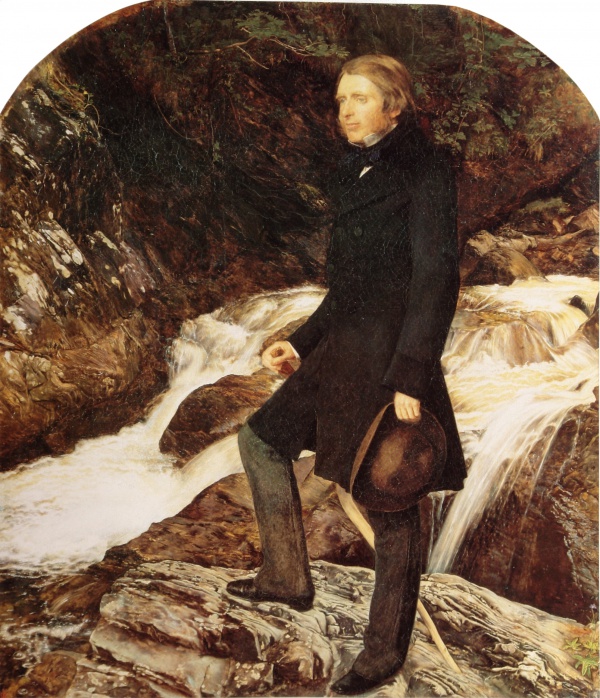Facts About John Ruskin
"John Ruskin" is a captivating portrait by the Pre-Raphaelite artist John Everett Millais, featuring the eminent Victorian art critic John Ruskin. Painted between 1853 and 1854, the artwork situates Ruskin before a picturesque waterfall in Glenfinlas, Scotland, a locale of particular significance as Ruskin and Millais had spent considerable time there together. Ruskin's fascination with rock formations significantly influenced the selection of this scenic backdrop.
The creation of the portrait was a meticulous endeavor. Millais painted the intricate landscape on-site in Glenfinlas and added the finishing touches in his London studio. However, the painting's backstory is as dramatic as its setting. During its creation, Ruskin's wife, Effie, developed feelings for Millais, leading to the annulment of her marriage to Ruskin. Subsequently, Effie married Millais.
The painting's journey since its completion is equally intriguing. In 1871, Ruskin gifted the portrait to Henry Wentworth Acland. It remained within the Acland family until it was auctioned at Christie's in 1965. Finally, in 2013, the artwork was accepted by the British Government in lieu of inheritance tax and was permanently allocated to the Ashmolean Museum in Oxford.
"John Ruskin" has been exhibited at numerous prestigious venues, including Tate Britain in London in 1984 and 2004. Today, the painting is valued at an impressive £7 million.

 Ireland
Ireland